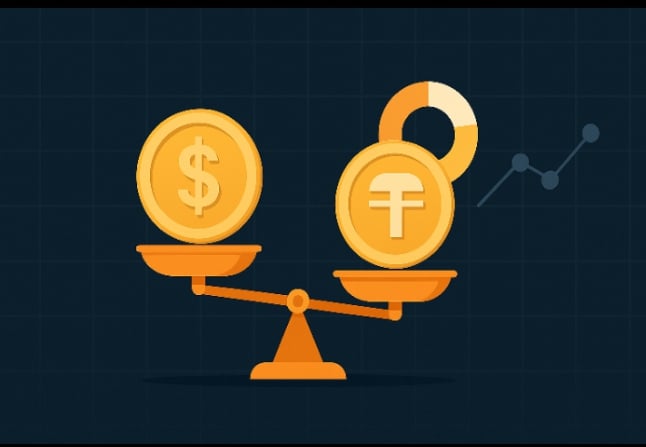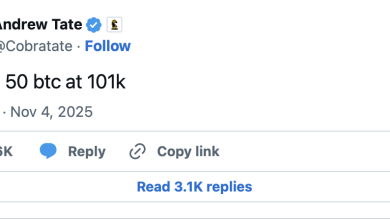6 Ways Stablecoins Maintain Their Peg


have become one of the most reliable assets in the digital economy. They are designed to keep a consistent value and serve as the stable part of the crypto market. While most cryptocurrencies fluctuate wildly, stablecoins maintain their peg to assets like the United States dollar, euro, or even gold. This reliability makes them the preferred option for traders, investors, and businesses that want stability in a volatile market.
But how do they stay this steady?
Let’s look at 6 ways stablecoins maintain their peg and why that balance matters to the entire crypto ecosystem.
Key Takeaways
• Stablecoins maintain their peg through collateral backing, algorithmic systems, and market arbitrage.
• Fiat-backed models rely on cash or asset reserves that support every token in circulation.
• Crypto-collateralized models use blockchain smart contracts to secure assets and manage volatility.
• Algorithmic models use supply adjustments to hold value close to one unit of currency.
How Do Stablecoins Maintain Their Peg?
Stablecoins maintain their peg through the combination of design, collateral, and continuous market activity. Their depends on how reserves are managed, how transparent the system is, and how effectively each model balances supply and demand.
1. Collateral and reserves
Most stablecoins maintain their peg by holding tangible assets that support their value. such as USDC or USDT keep cash or highly liquid assets in regulated financial institutions. Each token is backed by an equal amount of fiat currency, and users can redeem their tokens at any time. With this reserve system in place, users trust is strengthened and the price is held close to its set value.
2. Crypto-backed models
Stablecoins, like DAI, lock other cryptocurrencies as security through smart contracts. These systems are often secured with extra collateral. This means that the value of the collateral exceeds the number of stablecoins in circulation. If the collateral’s value falls, automated liquidation keeps the peg stable. This approach allows stablecoins maintain their peg even during market volatility.
3. Algorithmic control
Some stablecoins maintain their peg through algorithmic mechanisms that automatically adjust supply and demand. When price rises above the target, the system creates new tokens to increase supply. When it drops below, tokens are removed from circulation to push the price up. This self-regulating process is managed by smart contracts that implement these conditions through automated systems.
4. Arbitrage
Market traders also play a major role in assisting stablecoins maintain their peg. When a stablecoin’s price falls below one dollar, traders purchase it cheaply and redeem it for the full value, which raises the price back up. When one dollar, traders trade or mint more to reduce the price. This continuous market activity balances the market and keeps prices steady.
5. Transparency and regulation
Trust plays a major role in keeping stability. Stablecoins maintain their peg more effectively when issuers release consistent audit reports, provide clear proof of reserves, and follow financial regulations. Transparency gives users assurance that every token is genuinely backed and can be redeemed at any time. When people trust the system, demand remains strong and the peg stays solid.
6. Liquidity and risk management
Strong liquidity makes it simple for users to redeem their tokens even during high market pressure. Reliable issuers keep a combination of cash and short-term treasury assets that can be converted rapidly to meet withdrawal requests. This discipline assists stablecoins maintain their peg during heavy market fluctuations.
Conclusion
Stablecoins have brought a new kind of reliability to crypto. Their value remains strong because there’s structure behind the system. They derive strength from solid reserves, smart management, and user trust working together to keep them steady. Over time, these digital currencies could make payments, savings, and global finance simpler and more accessible to everyone.







